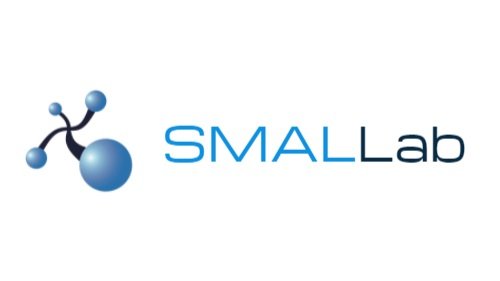Patty Messer, Executive Director, Grande Innovation Academy
Background
Patty Messer is the Executive Director of Grande Innovation Academy, a K-8 charter school located near Phoenix, Arizona. With 30 years of teaching experience at both the school and district levels, Messer has developed an innovative pedagogy that emphasizes the importance of teaching the “whole child” rather than “teaching to the test.” However, leadership starts at the top and, for Messer, the proper training of instructors is as important as the proper teaching of students.
“Good teaching means that you need ample time to plan and to prepare.”
Success Is Not an Accident
In developing Grande Innovation Academy’s curriculum, Patty Messer was among the first administrators to recognize the need to implement additional support strategies for students performing below grade level in language arts and mathematics.
“We had a core group of kids who were underperforming in reading and math, and because sixty percent of our parents don’t have a higher education degree themselves, it’s critical that Grande Innovation Academy be able to provide basic skills and remediation wherever necessary,” said Messer. “We have 10 staff members dedicated to our robust intervention program.”
Success doesn’t happen by accident, though, and by virtue of her experience as both an educator and administrator, Messer knew that Learning Technology (LearnTech) could be of great help in improving student outcomes. Nonetheless, Messer understood that administrators cannot simply throw technology into the classroom and expect it to be successful.
“I’m a firm believer that teachers don’t sit in a meeting just for a meeting’s sake. Training of teachers is very specific and very targeted,” said Messer. “I’m really passionate about this because I taught. It takes a lot to teach and if you don’t have the time to write good lessons and create hands-on learning experiences in the classroom, then you won’t. Good teaching means that you need ample time to plan and to prepare.”
Making the Case for Creative Learning Spaces
To support Grande Innovation Academy’s mission, Messer has made significant investments in classroom technologies. In fact, in writing the charter application for Grande Innovation Academy, Messer called for the funding and implementation of Creative Learning Spaces that would integrate new technologies into the student learning environment.
Messer does this is by:
- Identifying passionate teachers who embrace technology
- Making investments in learning technologies with proven records of success
- Supporting those investments with strong lesson plans and teacher training
At Grande Innovation Academy, the SMALLab embodied learning pedagogy fit perfectly into Messer’s plans.
SMALLab is a learning company that partners with educators to transform learning. SMALLab is a room-sized, 3D collaborative learning environment. Multiple research studies show that SMALLab yields an 86% increase in student learning, 6.7X increase in student collaboration, and a 33% increase in teacher effectiveness. The science behind SMALLab separates it from many of the education technologies available today. It is why school districts across the globe are deploying SMALLab and transforming learning every day.
SMALLab Learning began as a research project at Arizona State University, focused on how to combine the latest research into how students learn with the latest technology interfaces to create a system that dramatically improved learning. SMALLab Learning accomplished this by implementing technology in a way that makes it “invisible” to the student, while providing uniquely engineered game- and inquiry-based collaborative learning software modules that encourage students to work together to succeed.
Educators have described SMALLab Learning as the “Star Trek Holodeck V1.0,” “Virtual Reality inside out,” and “the coolest classroom” they have ever seen. Research and development was funded by grants from the National Science Foundation, the Bill and Melinda Gates Foundation, the MacArthur Foundation and the Intel Corporation.
“Success isn’t about just using the SMALLab. It’s about using it at the right time and in the right ways.”
The SMALLab is fully integrated into the school’s curriculum. In addition, rather than being used solely as an intervention technology or as a means for remedial training, the SMALLab is an integral component of every student’s learning experience throughout the school year.
“We’ve been very thoughtful about how we roll out innovative technologies like the SMALLab. We make sure that usage of the SMALLab is completely aligned with what each teacher is doing in the classroom. Success isn’t about just using the SMALLab. It’s about using it at the right time and in the right ways.”
A School that is Different
Through its use of the SMALLab, Grande Innovation Academy is known as a school that is different, attracting many teaching applicants who believe in the school’s commitment to innovation in the classroom through the application of technology.
“The vast majority of our teacher applicants are tech savvy and very interested in working in an innovative environment like the one we have at Grande Innovation Academy,” said Messer. “What we’re doing is catching on.”
Messer remains focused on fostering a culture around technology and around supporting teachers to translate that technology into meaningful student experiences. Already, the SMALLab has been demonstrated to parents who are excited for their children to use the SMALLab at school. In the near future, Messer also plans to open the SMALLab for a visit from the Casa Grande’s City Council.


